![]()
By Bikash Mohapatra
Now that the 2021 badminton season is over its time to sit back, relax and attempt to analyze the year gone by, and assess it strictly from a Danish perspective. It is that intervening period when one has to take stock of the entire year, cherish the achievements and look at the misses before starting 2022 with new expectations and cautious optimism.
For starters, no one will disagree that Denmark was the most dominant nation this year as far the men’s singles category is concerned.
With the Badminton World Federation (BWF) opting to continue the remainder of the 2020 season with three tournaments in a bio secure bubble in Thailand the Chinese contingent promptly announced its withdrawal from the entire schedule. And Kento Momota testing positive ahead of his scheduled departure from Tokyo put paid into the hopes of the Japanese contingent.
So, 2021 began with Denmark winning all three titles in the men’s singles in January, two of them being all-Danish finals.
THAILAND BUBBLE
Viktor Axelsen was palpably the player who benefitted the most, winning both the Yonex Thailand Open as well as the Toyota Thailand Open in back to back weeks. The twin wins, coupled with his All England triumph in March 2020 meant the Dane had become the first player ever to complete a “Super 1000 Slam”, that is winning all the three Super 1000 tournaments in a calendar year.
WORLD TOUR FINALS
Axelsen also made it to the decider of the BWF World Tour Finals, without dropping a game in four matches, each of his win more convincing than the previous result. In the process the 27-year-old extended his unbeaten run to 29 matches – bettering Momota’s 28 match win streak between the Japan Open and the French Open in the 2019 season. However, in the match per se it was Axelsen’s compatriot, Anders Antonsen who emerged triumphant – winning his biggest career title in the process.
Antonsen’s strategy of dropping the second game in the decider, and going full throttle in the third, worked wonderfully well for him. Despite that defeat Axelsen continued to impress, not dropping a game in four matches while helping Denmark regain the European Mixed Team Championships in Vantaa (Finland) before winning 10 straight games to win the Swiss Open Super 300 in Basel.
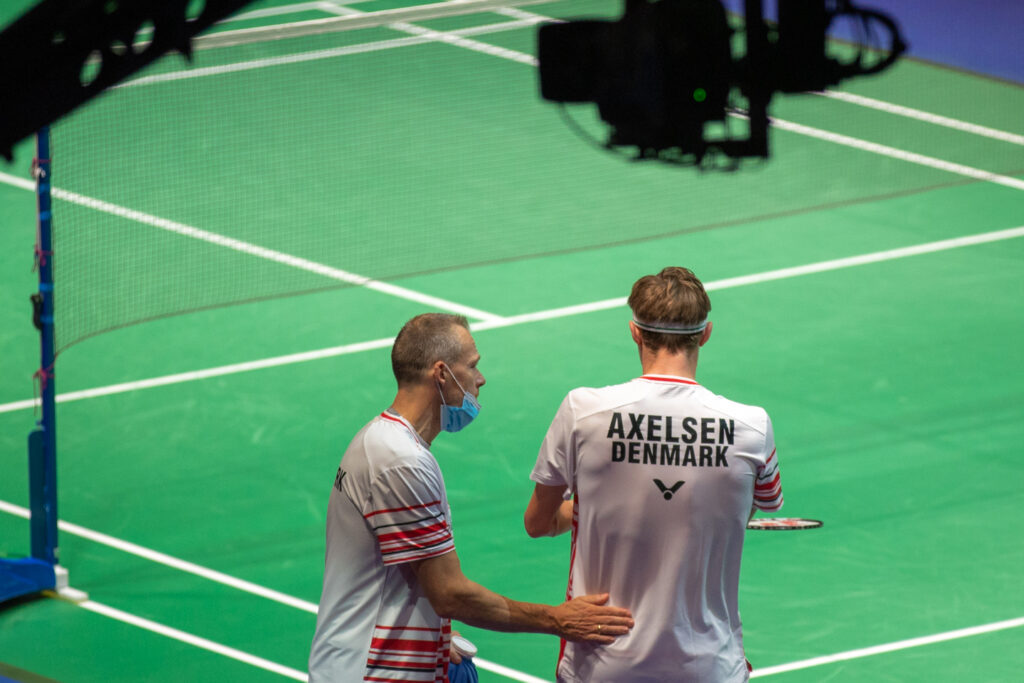
ALL ENGLAND
His title defense at the All Engand albeit got off to a tentative start, Axelsen surviving a tight three-game affair against Japan’s Koki Watanabe in the opening round as well as against India’s B Sai Praneeth in the second round, the Dane dropping the opening game on both the occasions. He was again stretched in the semi-final against Antonsen, and all those extended minutes added to the fatigue factor in what was a spectacular final against Lee Zii Jia. The Malaysian won a tight opening game 30-29 and Axelsen responded by winning the second 22-20. In the deciding game however, the Dane ran out of steam, and his title defense eventually ended in a failure.
EUROPEAN CHAMPIONSHIPS
Not surprisingly the Danes occupied three of the four semi-final berths at the European Badminton Championships in Kiev (Ukraine). However, the organizers were forced to cancel the final as Axelsen tested positive for Covid-19. This ensured Antonsen his first European singles title, after that disappointing final loss on home soil (in Kolding) in the 2017 final. In a span of six months the young Dane had won the three most important titles of his fledgling career – also including the 2020 Denmark Open.
However, it was Axelsen who was the story of the year, not just for Denmark but also for world badminton. If the first half of the year had ensured sustained success for him, in the second half he took significant steps to stake his claim for a place in the pantheon of all-time legends of the sport.
TOKYO OLYMPICS
The Dane did not drop a game in six matches, including the final against China’s Chen Long – the defending champion – to win the gold medal at the Tokyo Olympics. Axelsen’s win in Japan not only ended a 25-year-old Danish wait for a badminton gold medal – BWF President Poul-Erik Høyer had won the first at the Atlanta Games in 1996 – but also ensured he became the first European to win two singles medals at the Olympics, having also won the bronze at the Rio Games in 2016.
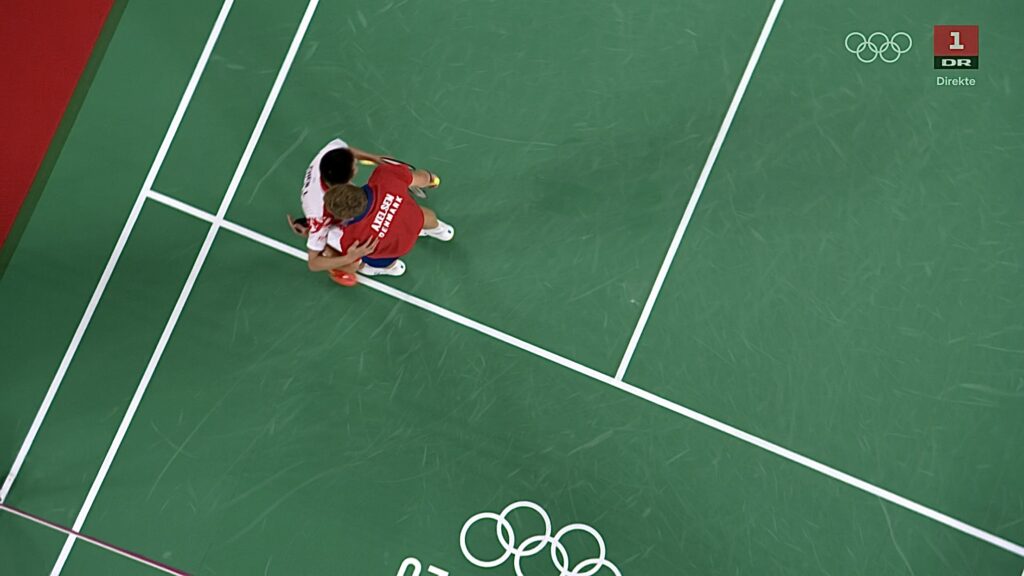
DUBAI
The 27-year-old’s focus at sustaining his success became all the more clear when soon after his felicitation in Odense, his home town, there came the official announcement that he would be shifting base from Denmark to Dubai. It’s palpable that the player had mooted the move a long time back, and was waiting for the right time to announce it. While many Danes were palpably disappointed with the decision, for the pragmatic lot it made sense. The player has had health issues over the years and a move to a warmer climate is perhaps in the best of his interest.
Axelsen justified his decision in the subsequent months, going undefeated in both the team competitions, the Sudirman Cup in Finland and the Thomas Cup, that Denmark hosted for the first time. Truth be told in the mixed team competition few expected Denmark to win, and the quarter-final exit was anything but a surprise. We will come back to the latter competition later.
DENMARK OPEN – MOMOTA VS AXELSEN
The player then delighted fans in Odense when he won his first Denmark Open title, defeating Kento Momota in a high quality final. Personally for me this was Axelsen’s biggest win of the year, not only because it was his first win over the Japanese since 2014 (2-14 record overall) but also because it was for the first time that he had managed to get better of Momota in a tournament final – having lost on five previous occasions. This win was significant not only in the sporting sense but also in the psychological aspect.
BALI BUBBLE
An early exit at the Indonesia Masters was supplemented by a remarkable title run in the bigger tournament in the following week, Axelsen winning his maiden Indonesia Open Super 1000 title. The Dane followed it up with an even bigger success, winning his third title at the year-end BWF World Tour Finals, after back-to-back successes in 2016-17, to round up the Bali leg in an emphatic manner.
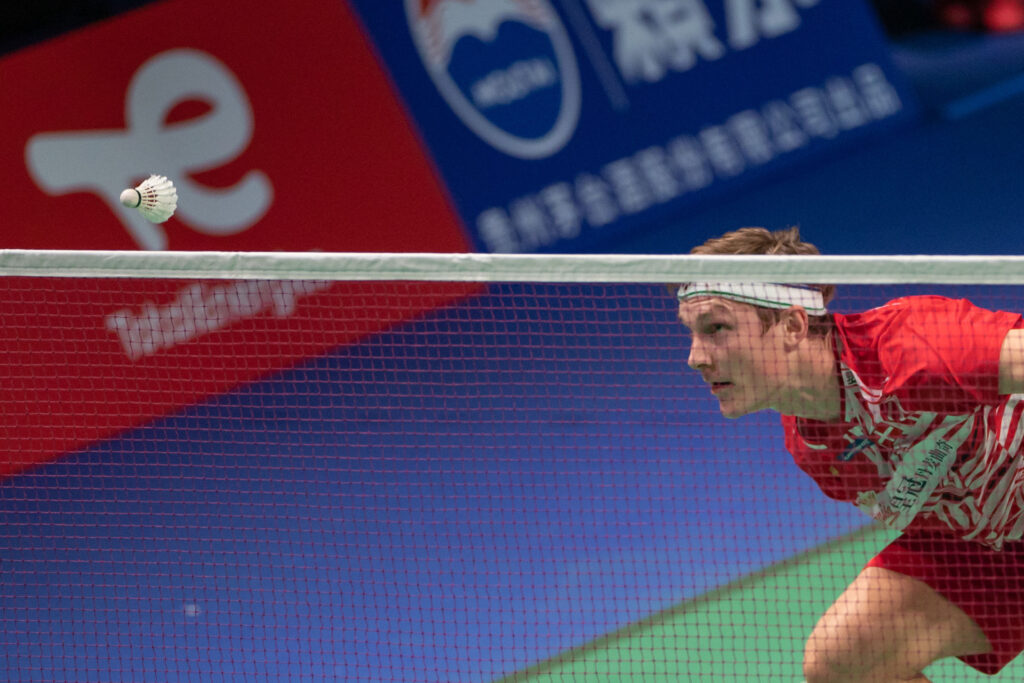
NO 1
The significant run of results ensured Axelsen reclaimed the No.1 ranking from Momota. With Japanese and the entire Indonesian contingent withdrawing from the BWF World Championships in Huelva the Dane was expectedly the firm favorite to win his second world title after 2017.
HUELVA
However, just like the excessive workload at the start of the year had cost him his All England title perhaps the rigors of Bali caught up with Axelsen in Spain. Maybe he was unlucky with the draw – the BWF being conspicuously guilty of not opting for a redraw despite of so many withdrawals. There was definitely the fatigue factor to be taken into account. Whatever be the reason fact is Axelsen disappointed in Huelva, belying his favorite’s status to make an early exit when the title was clearly up for grabs – something his opening round opponent Loh Kean Yew went onto win rather comfortably.
A second world title would have been an icing on the cake for Axelsen. But it wasn’t to be. Together with the All England final reverse it marked the two biggest disappointments for Axelsenin an otherwise stellar year.
MOMOTA VS AXELSEN
If 2018 was about Momota’s dominance then the Japanese ensured his sophomore season (2019) was even more spectacular – winning almost everything and even securing a place in the Guiness Book of World Records for the most titles won in a year (11). Axelsen dominated in both 2020 and 2021 no doubt, and won a lot. However, unlike Momota, he failed to win it all.

ANTONSEN
Taking about disappointments, and staying in Huelva, suffice to say it was a golden opportunity missed for Antonsen.
With Axelsen making an early exit and the likes of Momota, Anthony Sinisuka Ginting and Jonatan Christie – all three players have significantly better records against him – not in the fray, the Dane had a brilliant chance to change his silver medal of the 2019 edition into a better color. Antonsen managed a color change no doubt, albeit to an inferior shade.
Agree Loh has a fast paced game that can force any opponent into submission. Agree the Singapore player had grown in confidence as the tournament had progressed. Agree he had nothing to lose. But that is also true in Antonsen’s case. Also true is the fact that to win tournaments that matter matches like these have to be won. Loh did exactly that. Didn’t he?
In Antonsen’s case it was a third crucial defeat of the year. The first, as mentioned, came at the semi-finals of the All England which I firmly believed he had a better chance of winning as compared to Axelsen. The second was in the semi-finals of the Thomas Cup, where he was beaten by Indonesia’s Jonatan Christie in the crucial second singles.
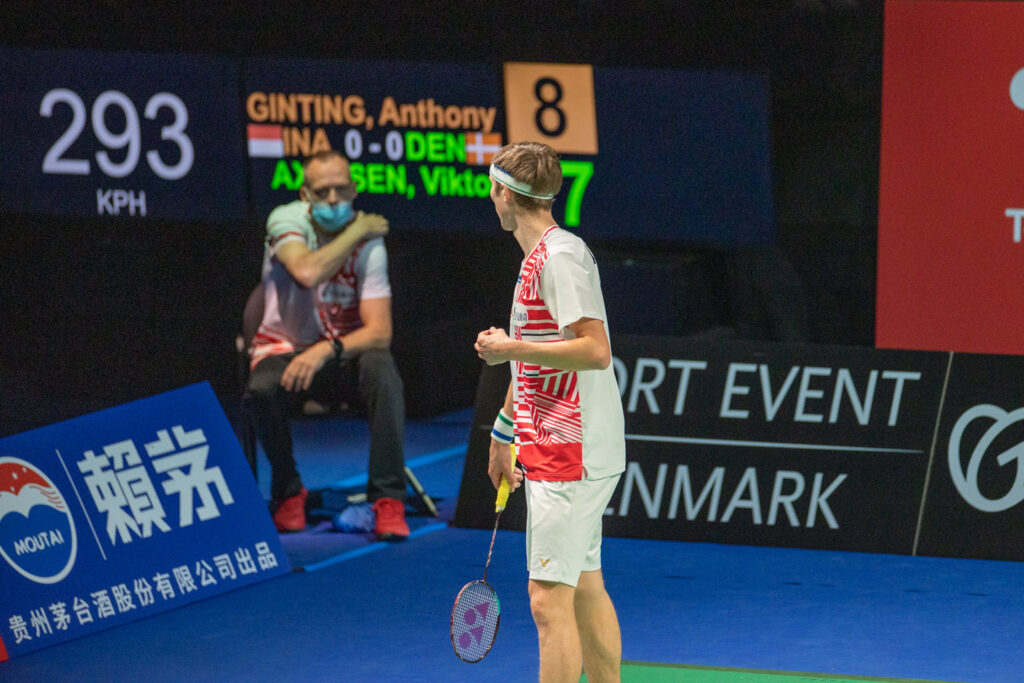
THOMAS CUP
This brings me to the second disappointment of the year.
Denmark was not the favorite in the prestigious team competition only because it was playing on home soil. There were other reasons for the same. Perennial powerhouse China had sent a comparatively weaker side. The other teams in the fray were, quite frankly, beatable. There was only one team to take care of, and the Danish team failed to do that. Indonesia has ensured Denmark many Thomas Cup disappointments over the years. Their 3-1 win in the semi-final was the latest addition.
Before you jump the gun let me assure that I am not being critical here. But it is fact that where there is hope there will be despair. There were hopes of an encore of 2016 in this Thomas Cup. The same wasn’t the case in the Sudirman Cup, where an early Danish exit was very much on expected lines.
Indonesia is a behemoth in the competition no doubt. However, it is also a fact that they had not won the Thomas Cup in almost two decades. Besides, the Danes were clearly aware that their strength was in singles. Wasn’t it the three singles players who had won their matches to ensure that maiden title in 2016?
Axelsen played his part by winning all his matches. Vittinghus also did his bit, winning the crucial fifth tie against Germany, and was probably the favorite to win (against Rhustavito) if it had gone to the fifth rubber against the Indonesians. But that is all in the hindsight.

ANTONSEN II
The Danish hopes had evaporated in the fourth match; Antonsen’s loss sandwiched in between the twin doubles disappointments.
I always end up being a bit critical of Antonsen. Maybe I have a lot of expectations from him. Unlike Gemke, who may have caused an upset or two in his career but is yet to win big even when he is 25 years in age, there is something that tells me Antonsen can follow Axelsen in winning all that matters.
He can be the next Great Dane.
But for that he has to first take the chances that he works so hard to create, like Axelsen has done. So far, save for the 2019 Indonesia Masters final against Momota and the 2020 BWF World Tour Finals, Antonsen has failed to make his chances count, and win the matches that matter.
At 24, there is no doubt he will get more chances and I sincerelyhope (and wish) that he makes them count.
THE LADIES
Among the ladies suffice to say Mia Blichfeldt didn’t create any chances, and it is possibly too early to expect significant results from Line Christophersen. Suffice to say there is still some time before another Danish woman can be deemed capable of taking a leaf from Tine Baun’s big match mentality, let alone match Camilla Martin’s brilliance.
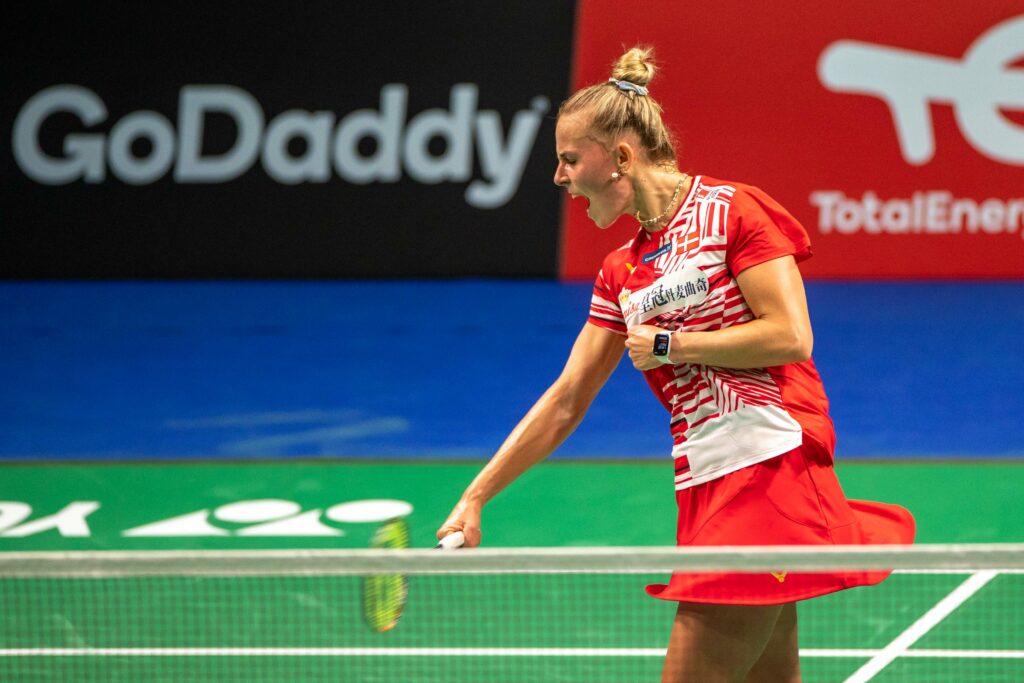
It is unfortunate that when the Chinese team is possibly the weakest in decades, and the women’s singles category has the most open field in years, Denmark doesn’t have a single player who can take advantage – something that Carolina Marin, Tai Tzu-ying, PV Sindhu and the two Japanese – Akane Yamaguchi and Nozomi Okuhara – have done so well. Chen Yufei is not of the same pedigree as her predecessors. However, she is still the reigning Olympic champion. Her Tokyo success is a perfect example as regards making an opportunity count.
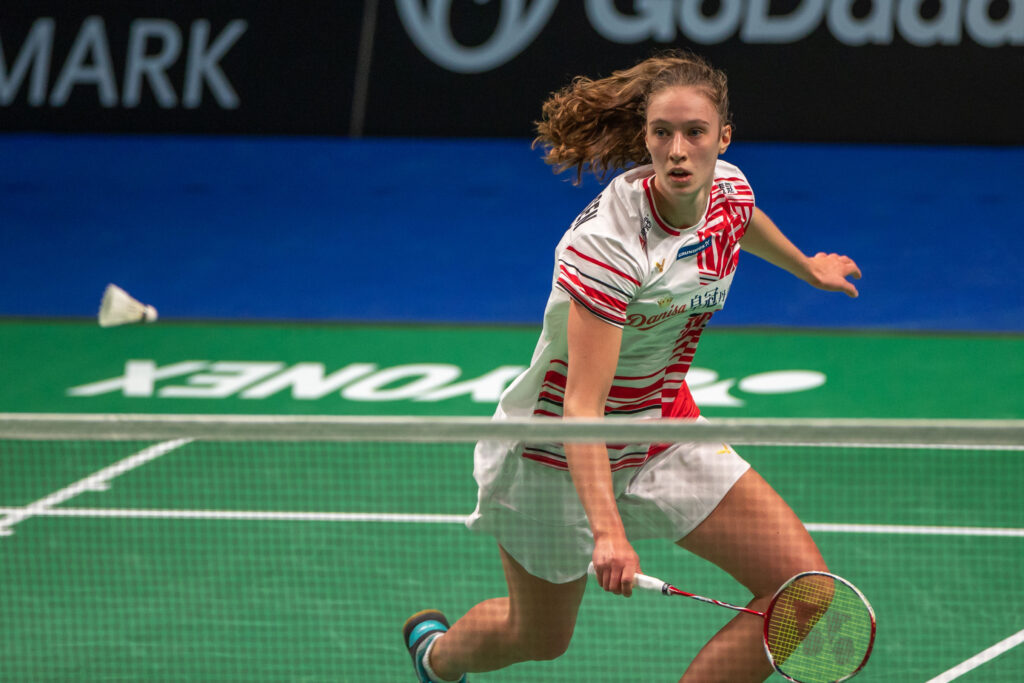
It is a fact that a medal of any color can (and should) be considered as success for a small country like Denmark. At the same time it is also a fact that if the color of the medal is gold/yellow the success is all the more satisfying. No top sporting nation irrespective of the sport should enter a competition expecting anything but the top spot.
And no major sporting nation should be content finishing second best, or for that matter winning a medal without getting to play in the final, definitely not Denmark.
Am I right or am I right?
Photos: Peter Brøgger / pbroe@live.dk
 BadmintonBladet flest nyheder om badminton
BadmintonBladet flest nyheder om badminton
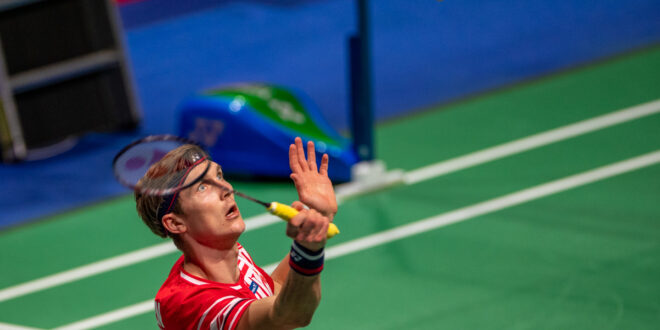
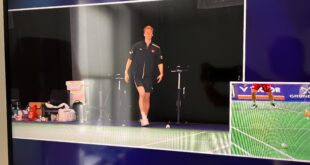

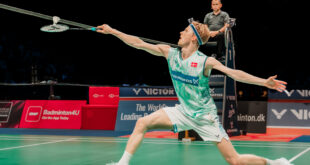
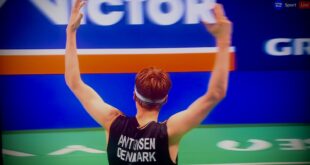
I read the blog about badminton. I love to badminton and thank you for sharing.